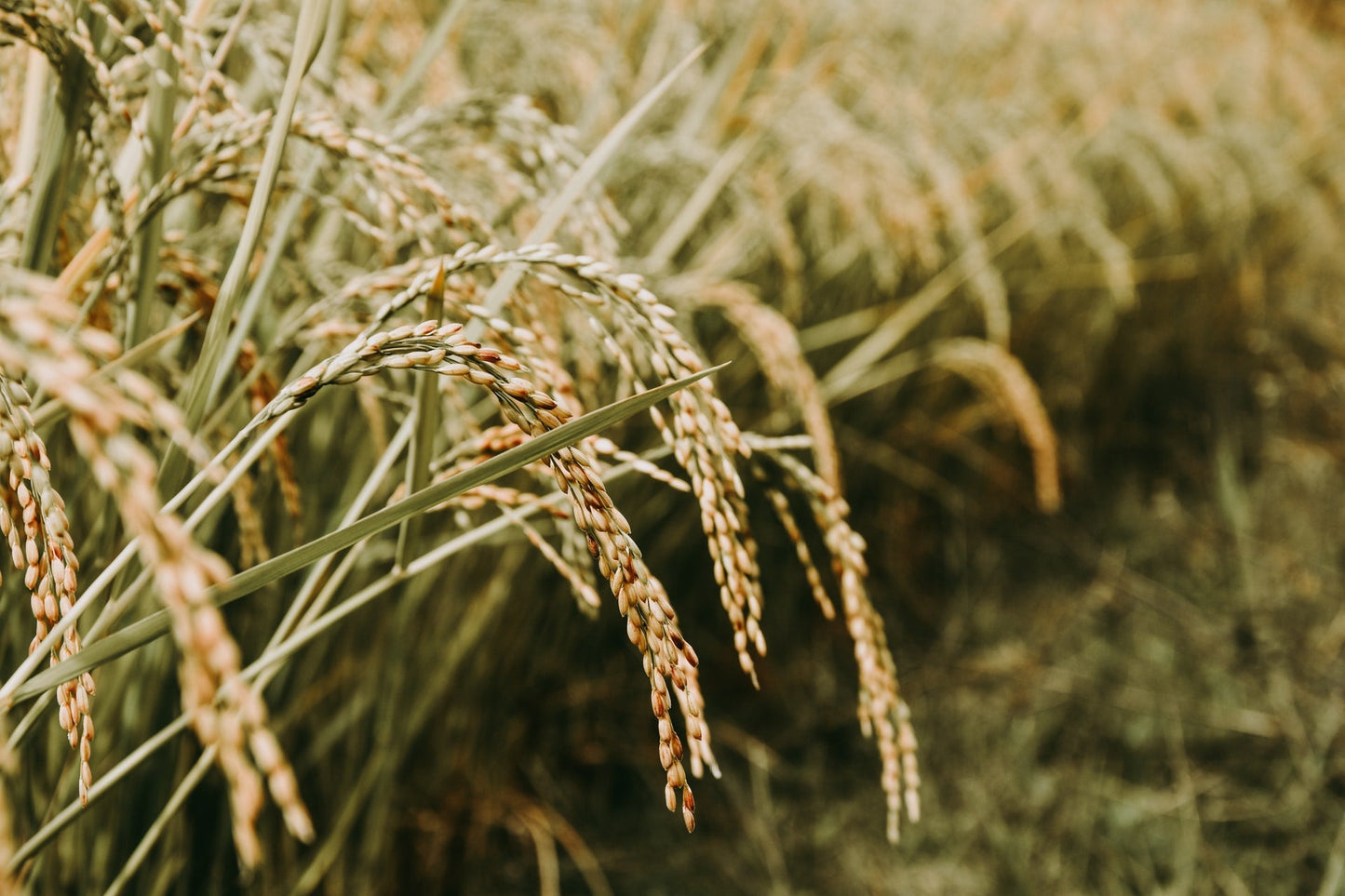
Did you know arsenic is found in MANY healthy foods including fruits and vegetables? Why isn't this a public health concern? By now, you've probably heard about arsenic and rice or rice products and are having second thoughts about consuming this ancient grain much less giving it to your kids. Because of this, you're probably also wondering if our line of rice proteins is safe to consume. Rest assured, our products have always been tested for arsenic and are considered safe to consume. How is this possible? Here are a few things you probably didn't know about arsenic, rice and the foods you consume:
1. Arsenic is a naturally occurring element of the Earth.
Even if you eliminate rice from your diet, you’d still be exposed to arsenic. It is an element naturally present on the Earth’s crust (which has been there since the beginning of time) and is therefore found in air, soil, and water (1). It enters the food system when sediments leech into soil and water used to grow plants or directly into ocean water where seafood grows.
2. Despite what many believe, pesticides are not the main culprit of arsenic in produce.
The FDA and USDA acknowledge that the main source of arsenic in produce actually comes from soil and ground water (1,2). Not pesticides. Arsenic remains in soil for many, many years so organically grown produce is not any safer than conventionally grown produce (1, 2). Trace amounts are absorbed by different types of grains, fruits and vegetables--not just rice.
3. Rice contains less arsenic than seafood.
The FDA and USDA are fully aware of arsenic in the food supply and have been monitoring it (along with other food contaminants) for more than 20 years. Every few years over 100 different foods are analyzed for contaminants and the data is published online for public viewing. Much like seafood, rice appears to be particularly vulnerable to arsenic contamination because it grows in water. However, seafood like salmon, canned tuna and shrimp have been found to contain 5 or more times the amounts found in rice (3). Food toxicologists believe the level of arsenic found in food is largely considered to be benign since they have not caused reported health effects, including cancer (4). In fact, the Environmental Protection Agency (EPA) has estimated that exposure through the diet is 80% lower than the level set by law to protect consumers from exposure to drinking and cooking water (5). In other words, you're more likely to be affected by arsenic in water than arsenic from foods in your diet.
4. Brown rice protein is NOT the same as brown rice or rice.
To clarify, brown rice protein is a powder derived from brown rice—but they are not the same. When the protein content of brown rice is extracted and purified, most of the other nutrients are “lost.” As the name implies, this food ingredient is a concentrated protein powder, thus having most of the starch (carbohydrates), sugar, fats and even some of the minerals removed.
5. Arsenic is dissolvable by water and easily removed from food products like rice protein.
Arsenic is one of those minerals, and it happens to be dissolvable by water (1). Since our rice protein extraction process is heavily water-based, most of the arsenic gets washed out and amounts in the resulting protein powder are considerably less than the starting rice grains. References:- ToxFAQs for Arsenic. Agency for Toxic Substances & Disease Registry. August 2007. Available at: http://www.atsdr.cdc.gov/toxfaqs/tf.asp?id=19&tid=3
- US Food & Drug Administration. July, 17, 2014. Available at: http://www.fda.gov/Food/FoodborneIllnessContaminants/Metals/ucm280202.htm
- Total diet study: Market baskets 2006 through 2011. US Food & Drug Administration. April 15, 2014. Available at: http://www.fda.gov/downloads/Food/FoodScienceResearch/TotalDietStudy/UCM184301.pdf
- FAQs about arsenic in food. USA Rice Federation. Available at: http://arsenicfacts.usarice.com/arsenic-in-food.html
- EPA computer models predict exposures to arsenic that echo reality. US Environmental Protection Agency. May 2010. Available at: http://www.epa.gov/ordntrnt/ORD/priorities/docs/Arsenic_in_Food_FS.pdf
